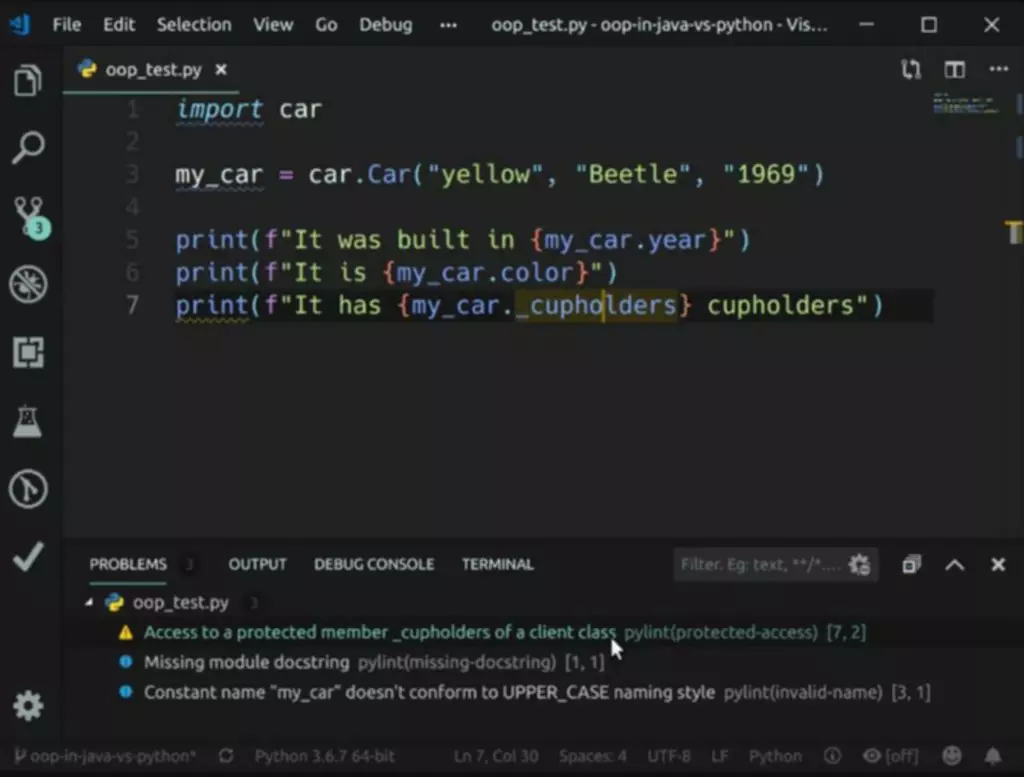When you resize a raster picture, you either cram the pixels closer together or spread them farther aside. This causes the image to turn into fuzzy or pixelated, resulting in a lack of readability and high quality. You can simply modify vector graphics without impact on their high quality. You can change colours, resize traces, and add or remove features effortlessly.
Widespread File Codecs For Raster Graphics:
They’re made up of individual pixels, every with a specific shade or colour. This ends in extremely detailed images, but it could trigger blurriness whenever you resize them. So, when deciding between vector and raster graphics, your alternative should rely on your project requirements. Sure, there are important differences in file sizes between vector and raster graphics. Raster file sizes are considerably larger as a result of they contain a onerous and fast variety of pixels and rather more information.
File Sizes
If you zoom in or broaden the size of a raster image, you begin to see the person pixels. Vector graphics use mathematical equations to characterize shapes, traces, and curves. Rather than relying on pixels, vector graphics define objects based on their attributes and relationships. Common vector file formats embody SVG (Scalable Vector Graphics) and AI (Adobe Illustrator). On the flip facet, raster graphics are the go-to for complex, multi-colored images and photographs.

Vector graphics, however, are created using mathematical equations to outline shapes, traces, and colours. Unlike raster pictures, vector photographs are not made up of pixels, allowing them to be resized infinitely without shedding high quality. Due to their scalability and clean traces, vector graphics are widely used for logos, illustrations, and typography. Vector image formats are file varieties particularly designed to store vector graphics.
Vector graphics maintain their high-quality look no matter how you manipulate them. Be it scaling or rotating, they maintain their visual integrity with no degradation in high quality. This is possible as a outcome of vector graphics use mathematical formulas to construct the image.
If your project requires you to work with complicated colours, themes, and blends, like in portray and every kind of paintings, raster should be the preferred format. But in case your project requires you to work on strong colours and scalable shapes like drawing, vector imaging is the answer. With picture enhancing software program like Adobe Photoshop, you’ll find a way to manipulate raster images to deliver vivid and detailed photos.
File Type And Measurement
Vector photographs use extra mathematical equations and formulas to define shapes, allowing them to scale infinitely with out dropping high quality. Choosing the right format is essential for achieving the best outcomes when working with digital graphics. Two main picture types—vector and raster—serve different functions, and understanding their differences might help you optimize your designs. Vector graphics use mathematical equations to create easy https://deveducation.com/, scalable images, while raster images encompass pixels, making them resolution-dependent. Whether you’re designing logos, illustrations, or internet graphics, understanding when to make use of vector vs raster can considerably impression high quality and efficiency. This article will explore their differences, advantages, and greatest use instances that can help you make knowledgeable design selections.
- This makes rasters uniquely suited to pictures, video and digital display utilization.
- Key raster strengths are photorealism and suitability for photography/scanning due to the direct pixel-to-sensor mapping.
- To create and edit vector graphics, you need specialised software program like Adobe Illustrator or CorelDRAW.
- You can resize, rescale, and reshape vectors infinitely without shedding any image quality.
If you need to addContent the image on the Internet, use it for PPT, or e mail it, then a raster image is ideal for your use. If you should print the picture on a banner or flex, you might have to rescale the image, so on this case, vector images will work greatest for you. You can convert the image to a vector, however it may be a posh one, and the tip outcome will witness a drop in finer particulars. These photographs have devoted shade gradients, scales, shadows, and shading, which means they are often scaled further without pixelating.
Though it can current some challenges, it’s potential to transform vector information to raster or raster information to vector when wanted. They can comprise millions of pixels and extremely high ranges of element. Their giant size can impact system cupboard space and decelerate web page loading speeds on the net. However, you possibly can compress raster information for storage and internet optimization to make sharing faster and easier. Many digital cameras mechanically shoot and save photographs as raster files — and the images you see on-line are often rasters, too. Raster files are also generally used for editing pictures, photos, and graphics.

This comprehensive guide will explore the distinctions between raster and vector graphics, exploring their definitions, makes use of, strengths, and weaknesses. By this article’s end, you will understand better when to use raster images and when to go for vector images. A vector image or graphic is outlined and created on a airplane by connecting strains and curves. You can see clear lines, factors, and curve whenever you zoom in on the picture. Vector graphics are utilized by all forms of artists, design consultants, and inventive professionals. It makes creating illustrations, logos, and different difference between raster and vector graphics types of designs for printing on big objects simple.
Safeguarding Your Digital Life: The Importance Of Secure Passwords
To perceive the differences between raster and vector graphics, let’s evaluate their key options better. In this content material, we are going to discover the potential differences between the raster and vector images. In Laptop graphics, a pixel, dot, or image factor is a bodily point in a picture. A pixel is just the smallest addressable factor of a picture represented on a display. A majority of images that we see on our pc screen are raster images.

